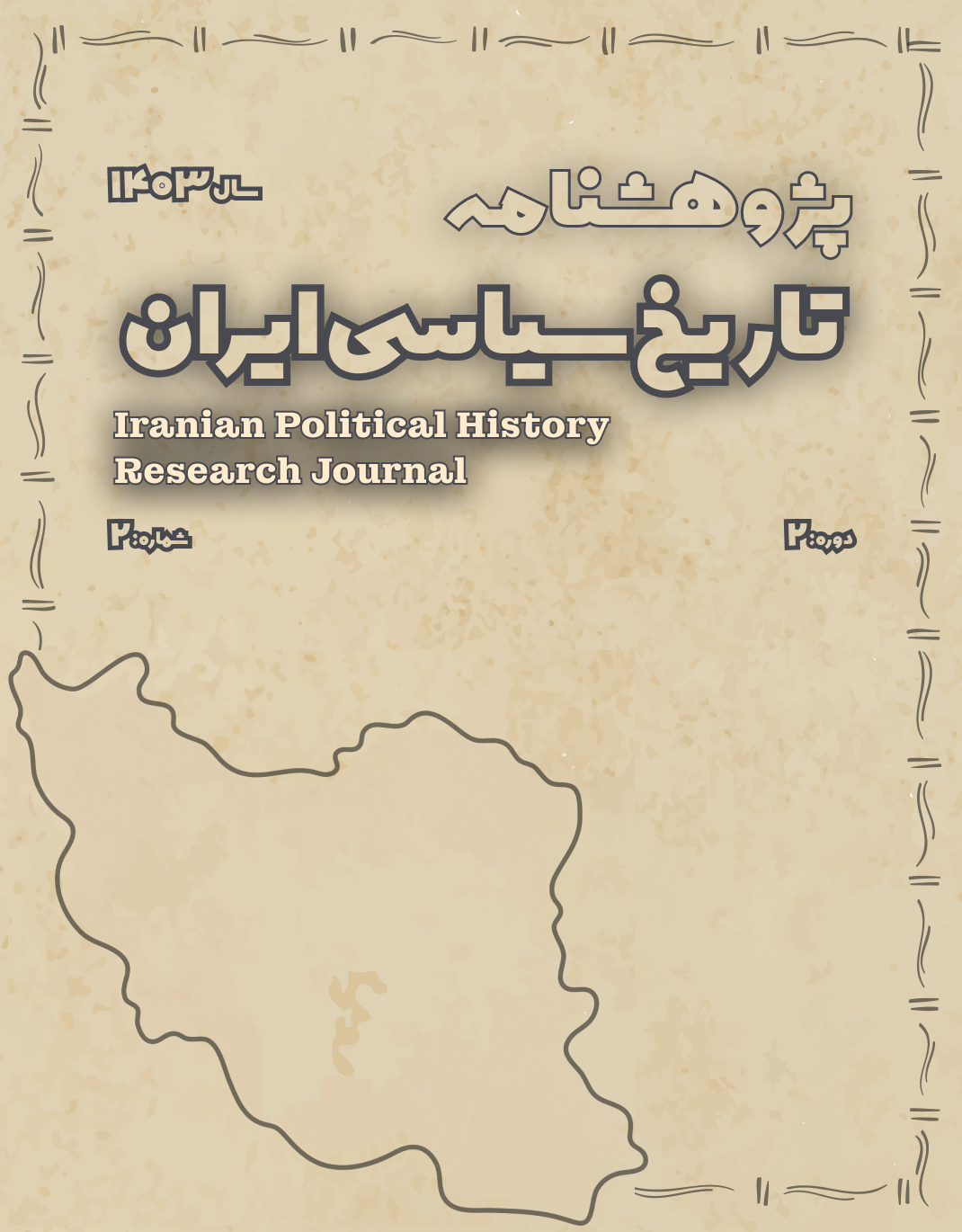The Role of Local and Tribal Movements in Undermining the Political Authority of the Qajar State
Keywords:
Qajar state, political authority, tribes, local movements, center-periphery relations, fragile state, territorial integrityAbstract
This article explores the role of local and tribal movements in undermining the political authority of the Qajar state, employing a historical-analytical methodology to examine the dynamics between the central Qajar government and peripheral forces throughout the nineteenth and early twentieth centuries. From its inception, the Qajar state faced structural obstacles in establishing centralized rule, including geographic dispersion, ethnic diversity, and the persistence of tribal governance systems. These conditions, compounded by the state's institutional and military weaknesses, enabled local movements to emerge as significant agents of political fragmentation. Drawing on reputable historical sources, the article analyzes notable cases of resistance by Turkmen, Kurdish, Bakhtiari, Baluch, and Qashqai tribes, demonstrating how these groups challenged central authority by asserting territorial control, obstructing the implementation of state laws, resisting taxation, and forming autonomous political structures. The analysis reveals that the Qajar state, rather than suppressing these movements effectively, often resorted to compromise, concessions, and the devolution of power, which further eroded its legitimacy and control. Consequently, Qajar authority disintegrated across four critical dimensions: territorial integrity, institutional cohesion, financial capacity, and political legitimacy. These developments ultimately paved the way for the collapse of the Qajar dynasty and the rise of the centralized Pahlavi state. The article argues that understanding the historical agency of tribal and local movements is essential to any comprehensive interpretation of the Qajar state's decline.
Downloads
References
Afary, J. (1996). The Iranian Constitutional Revolution, 1906–1911: Grassroots Democracy, Social Democracy, & the Origins of Feminism. Columbia University Press.
Amanat, A. (1997). Pivot of the Universe: Nasir al-Din Shah Qajar and the Iranian Monarchy, 1831–1896. University of California Press.
Beck, L. (1986). The Qashqa'i of Iran. Yale University Press.
Keddie, N. R. (2003). Modern Iran: Roots and Results of Revolution. Yale University Press.
Lambton, A. K. S. (1980). Landlord and Peasant in Persia: A Study of Land Tenure and Land Revenue Administration. I.B. Tauris.
McDowall, D. (2000). A Modern History of the Kurds. I.B. Tauris.
Rotberg, R. I. (2004). When States Fail: Causes and Consequences. Princeton University Press.
Tapper, R. (1997). Frontier Nomads of Iran: A Political and Social History of the Shahsevan. Cambridge University Press.
Weber, M. (1978). Economy and Society: An Outline of Interpretive Sociology. University of California Press.
Zürcher, E. J. (2017). The Young Turk Legacy and Nation Building: From the Ottoman Empire to Atatürk's Turkey. I.B. Tauris.









